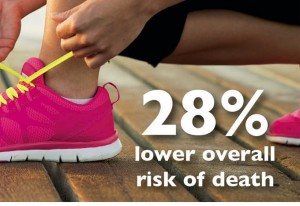Wait… seriously?
We wanted to lay down some knowledge about some things people should know, but somehow get wrong most of the time. Yes, seriously.
 Women Don’t Really Talk More Than Men
Women Don’t Really Talk More Than Men
Averages:
- Women: 16,215 words a day
- Men: 15,669 words a day
Sidenote: The range of words used per day was huge. One person used 795 words, and another 47,000 (both were men).
Source: University of Arizona in Tucson, Scientific American
Shaving Doesn’t Make Hair Grow Back Thicker
This common myth has actually been the subject of study, even as early as 1928, when four men shaved with the same razors, same soap, same water temperature and on the same portion of their face, and shorn hairs were measured. No evidence was found to suggest shaving increased the rate of beard growth.
Similar findings are present with leg shaving. And the myth is obviously false with head hair (why would anyone be bald?). Here’s why this myth persists:
- Genetic or hormonal influences can affect hair growth, causing coincidences with hair cutting leading to erroneous connections.
- If skin gets rougher, thicker and more callus, the nerves may get thicker, and the hair may get thicker too. More coincidences can occur.
- When hair first emerges it may be dark, as it hasn’t been exposed to the sun, chemicals, etc. Darker hair appears thicker.
We Don’t Use Just a Small Percentage of Our Brains
The recent movie Lucy starring Scarlett Johansson is based on the premise that humans don’t use the entirety of their brains, and that if they could, they’d have superhero-like powers.
Researchers agree this is a bunch of bogus. If we damage essentially any part of our brains, negative consequences are immediately apparent. Most of the brain is active at any given time.
Source: Scientific American
 Running Increases Longevity
Running Increases Longevity
Just how good is running for us? Running just 5-10 minutes a day was associated with a 28 percent lower overall risk of death, and a 58 percent reduced risk of death from heart disease, compared to not running at all, in a new study published in the Journal of the American College of Cardiology.
Researchers at Iowa State University followed more than 55,000 adults for 15 years, about a quarter of whom were runners.




No Comment